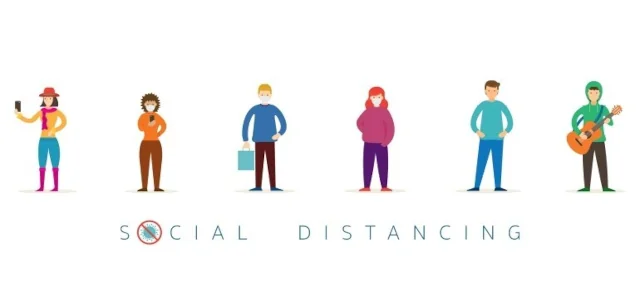
As this article is being written, we are almost four months along from when COVID-19 first hit our shores in Australia and one month of a ‘new normal’ that involves staying home as much as possible.
While these societal restrictions seem to be having a positive impact on the ‘curve’, we are all too aware of the economic impact this is having but maybe less aware of the mental wellbeing impact this is having.
The first couple of weeks it was all a bit of a novelty as we focused our attention on creating our at-home offices and workout areas, sharing these moments on social media with a little bit of pride and excitement at the prospect of being able to work from home and have no commute to deal with and being able to exercise whenever we wanted without having to worry about gym timetables, never mind all those little jobs around the house we were going to get done! Until you realise that you actually miss the water cooler chat and having a laugh with your colleagues. And you miss the feeling of being part of a team and for the most part, being part of a community.
Whilst it is very important to remain physically distant from our friends, family, neighbours, colleagues, we can still stay ‘social’. This is the simple act of staying in touch and connecting.
If you have children in your care during this time, are you being careful about the language you use around them so as not to heighten that feeling of isolation? Children are so impressionable and how you behave will really impact this experience for them. This isn’t being said to put extra pressure on you as a parent – no one needs that – but just a reminder that, yes it’s hard, but it’s also a great time to connect as a family, to focus on the things that are important, bring some cheer into your days, spark your creativity, call friends and have virtual play dates/wine dates and, by the way, it’s ok to just Netflix and chill some days.
We want children (and adults) to walk out of this experience, not fearing connections with people because they just see them as virus carriers. We don’t want to fear walking side by side with someone. When physical distancing is no longer in our regular vocabulary again, we want to know that because we stayed ‘social’ through this crisis, going back to being a social society, physically, should not feel uncomfortable, scary or judgemental.
We are social beings, and COVID-19 is challenging us in so many ways – health, wealth and our desire to be around people. So, while we’ve got our incredible health workers battling the virus, we’ve got our government doing what they can for the economy, let’s do our bit as a society by keeping distant physically but connected socially in any way we can.
Stay well, Stay safe, Stay home.